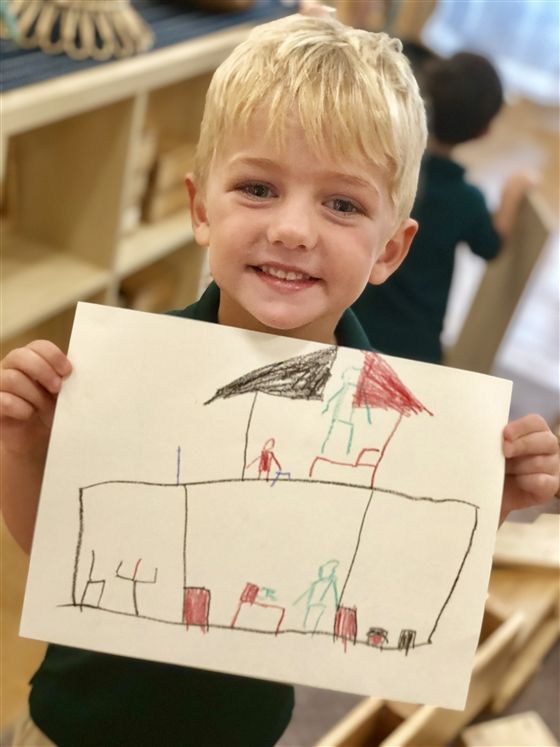

The Case for Fundraising in Independent Schools
Source/Author: Mike Murphy, Headmaster
August 30, 2019
Do we realize how easy it is to forget others do not “speak your language?” There are times when I am with a group of accountants and they start using their accounting lingo and I have no idea what they are saying. I have a similar reaction when stock brokers, engineers, bankers and sommeliers get into their trade talk. So it comes as no surprise that a family new to the independent school world may look at me like I am nuts when I start talking about annual funds, capital campaigns and endowments... What’s this fundraising thing all about??
Even though fundraising is a fact of life at colleges and independent schools across the United States, many people do not understand why schools just do not charge what it costs to educate, dress, and feed the children and then to build and maintain the facilities and infrastructure needed for the school. That system works in other parts of the world. What is with these U.S. schools? For some, it is as if we are speaking in a foreign language.
The National Association of Independent Schools publishes a small booklet, “Gifts That Give Back,” that explains the why and the benefits of philanthropy in independent schools. The booklet makes a great statement about the ways families can contribute time, talent and resources to support schools. Readers can learn that a $10 gift has significant meaning. Readers can learn that having 100% of the community involved in the volunteer and philanthropic activities of the school leads to improved opportunities for current and future generations of children.
This year’s Shorecrest appeal - Two Funds. One Mission. - embodies that spirit of giving. It is designed to inform the what, why, and even the details of how to calibrate your gift to both the Shorecrest Annual Fund for program support and your gift to Transform for capital improvements with a simple rule of 1-2-3!
I have learned that some people simply don’t fully understand fundraising. Some will say that we ask too much and others will say we don’t ask often enough or in the right way. It is important to know this and appreciate where people are coming from; just as it is important to remember that it takes 100% to get to 100%.
I have been in two school communities where the culture of the school community was for 100% of the families, faculty and staff to give every year. In those communities, the rare outlier had a very specific issue that required attention. I have also been in communities where donors want to evaluate the purpose for fundraising and make a year-by-year decision to support the school.
The role of fundraisers in communities that do not have an “all in” culture changes quickly to being one of an educator and then a steady and persistent voice for the case of the school. It may seem odd that schools that have 100% participation and “all in” cultures have larger fundraising staffs than those schools that have to work harder to reach fundraising goals. Those larger teams are able to spend more time acknowledging donors and cultivating them for greater support for major improvements for the school.
I have learned that the Annual Fund is the most important fundraising activity a school develops. Even in schools that are totally funded by tuition, the Annual Fund provides resources that prioritize quality and innovation in educational programs, quality of staff and maintenance of facilities. In schools where tuition does not fully fund the cost of educating the students, like Shorecrest, the Annual Fund becomes the critical bridge to cross "the gap" and to allow for mission-focused education. Strong parent/guardian, grandparent/community clubs and booster clubs are often tremendous assets to the building of stronger communities and the fundraising efforts of the school. However, I have learned that unless volunteer organizations work hand-in-hand with the fundraising arm of the school, the long term benefits diminish.
I have also learned that when people feel connected to the school or a special project or capital campaign, like Transform, they are supporting at the school, it amplifies the joy of giving. This observation has been researched and proven world-wide. When one is supporting a school, needy children, a food bank, cancer research, a church or synagogue (just to name a few), donors who are connected to a vision get joy from giving.
In short, I have learned that generous donors, whether they give $10 a year or $1M a year -- or somewhere in between, make a huge impact on the quality of education provided to children, their families, the faculty/staff and greater school community. Strong schools have loyal donors. It a bond of trust that creates a chorus of voices saying, “We do speak the same language.” The language of giving is, in the end, what this fundraising thing is all about; and this year getting 100% at Shorecrest may be as easy as 1-2-3!
Cheers!
Mike
























